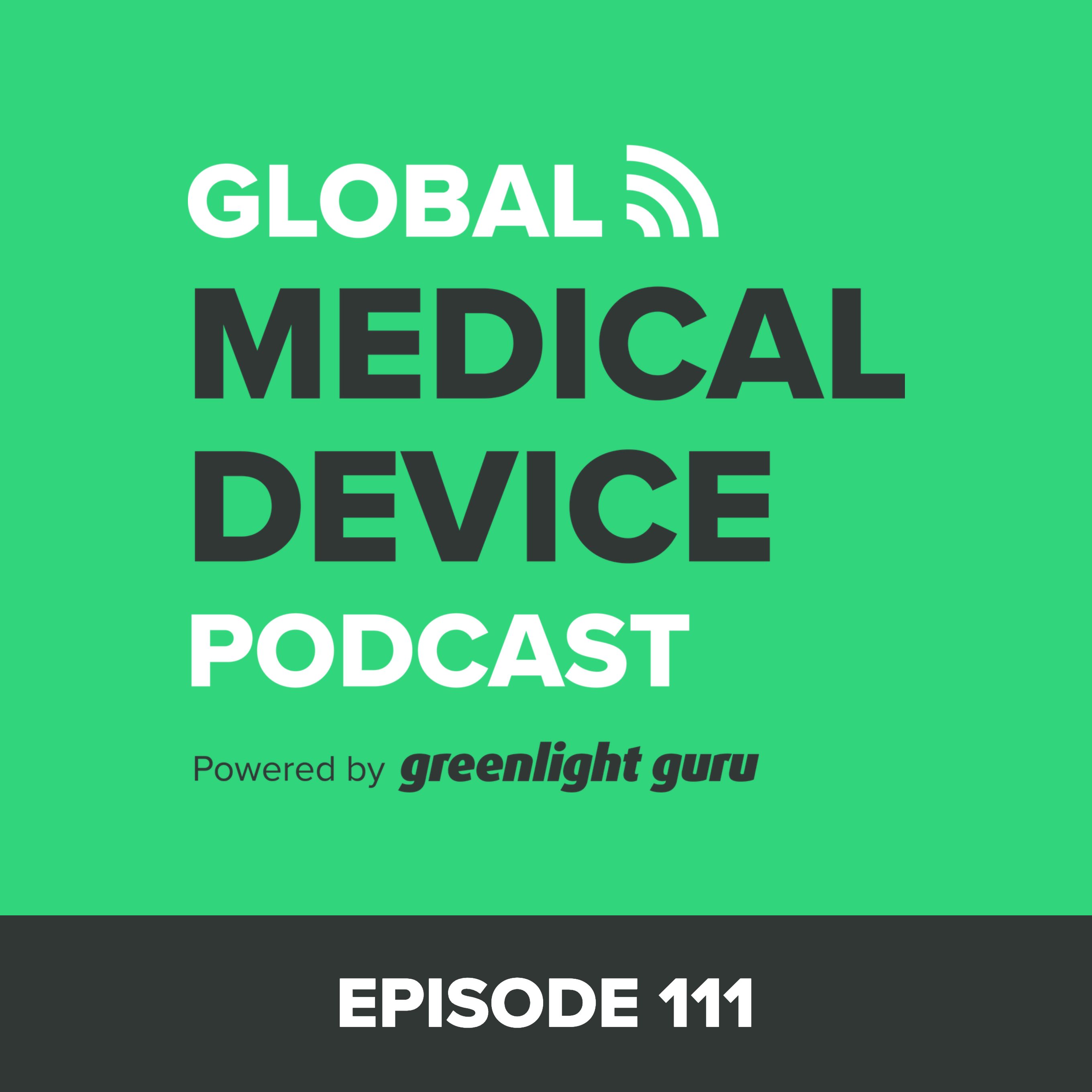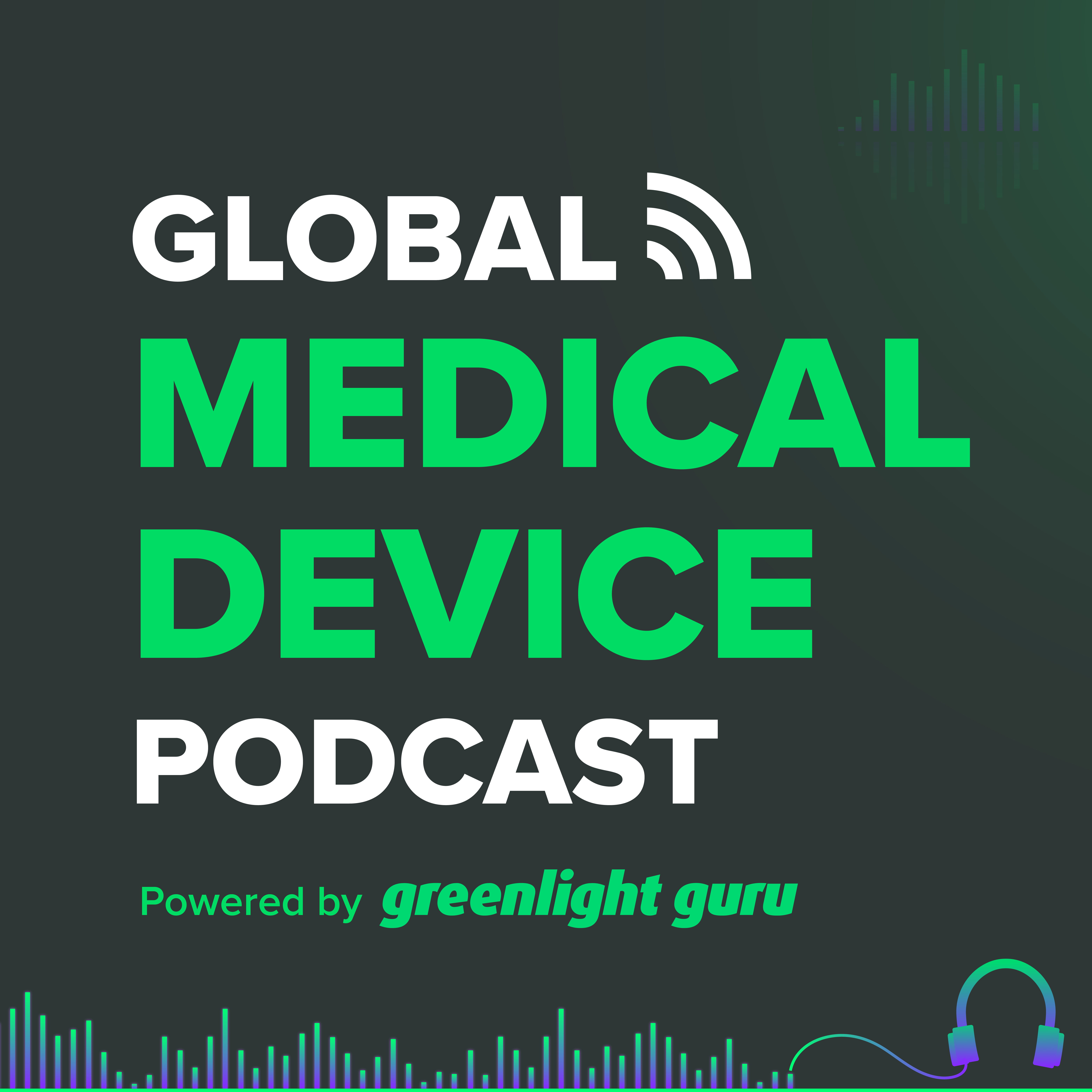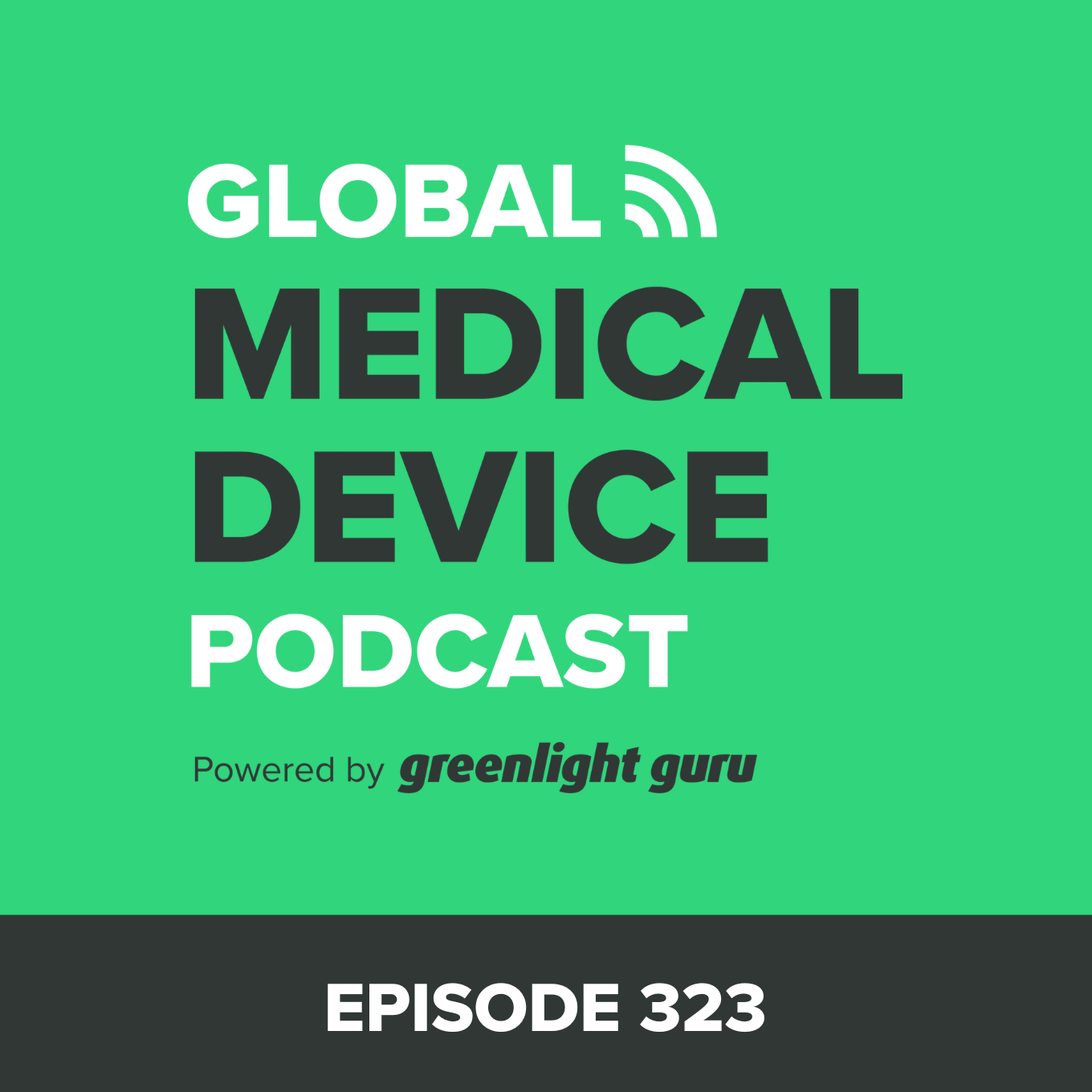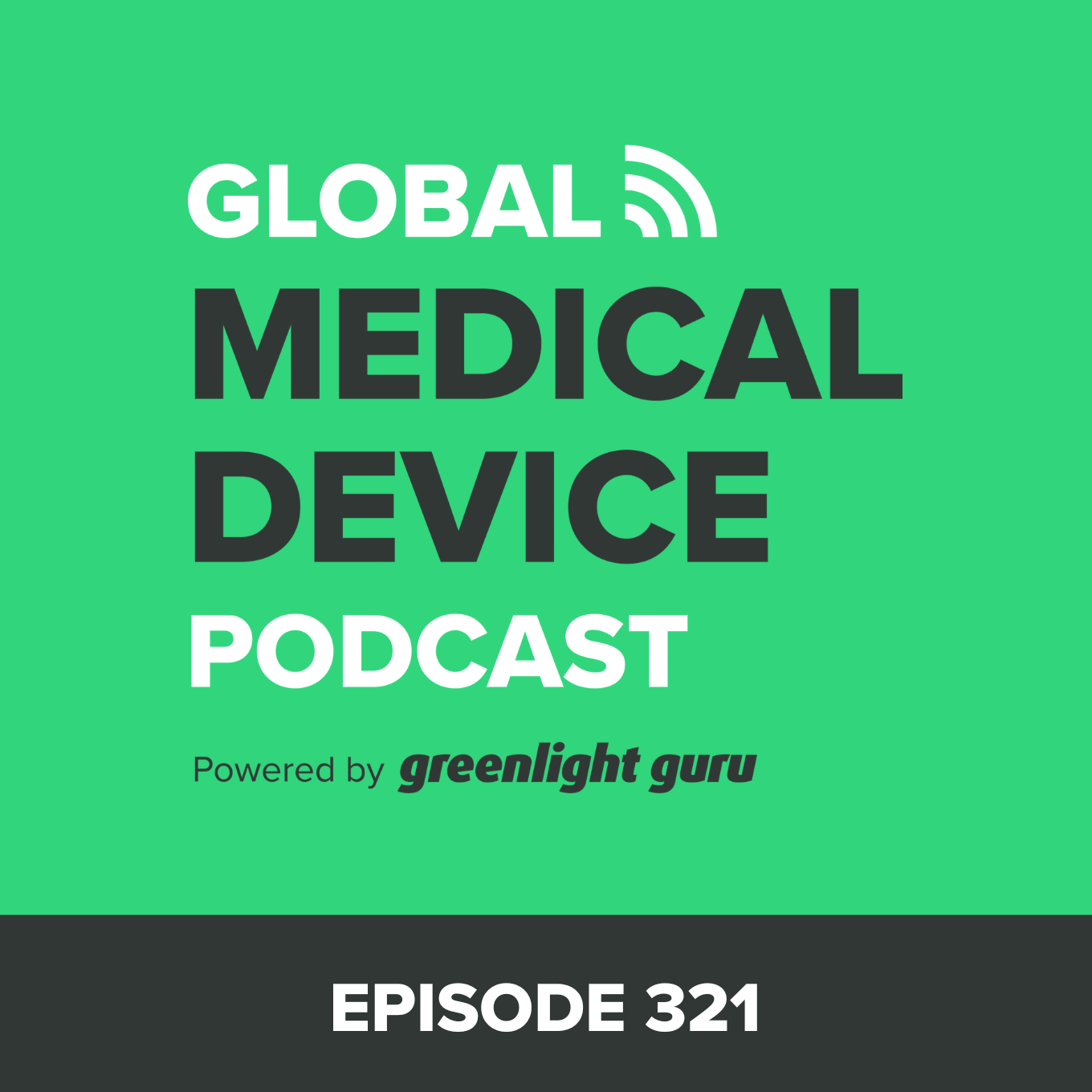Importance of Software Requirements in Product Development
00:00
00:00
1x
- 0.5
- 1
- 1.25
- 1.5
- 1.75
- 2
This is a podcast episode titled, Importance of Software Requirements in Product Development. The summary for this episode is: Software and other requirements are critically important to medical device product development.
In this episode, Chris DuPont, co-founder and CEO of Galen Data, provides his best practices for listeners to consider with their medical device product development efforts.
Some of the highlights of the show include:
- The medical device industry is about 5-10 years behind the times with adopting state-of-the-art technology.
- A successful medical device depends on accommodating requirements and stakeholders; requirements change through communication and collaboration.
- Be vague and add details about concept, features, and customer use as you go through product design and development.
- Design controls avoid the all-too-common practice of identifying requirements afterwards.
- Any type of software development methodology/process can be used for a medical device, including waterfall (iterative), agile, scrum, or sprints.
- At Galen Data, Chris uses the iterative method to define requirements, build prototypes, and get design into the hands of users.
- Requirements, development, validation, and human factors are interconnected and related when designing a medical device.
- Concerns regarding connectivity and cybersecurity are valid; there’s risk in transmitting medical data, but even greater risk when not doing so.






